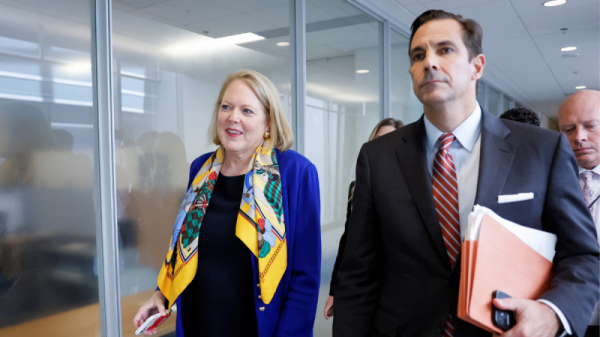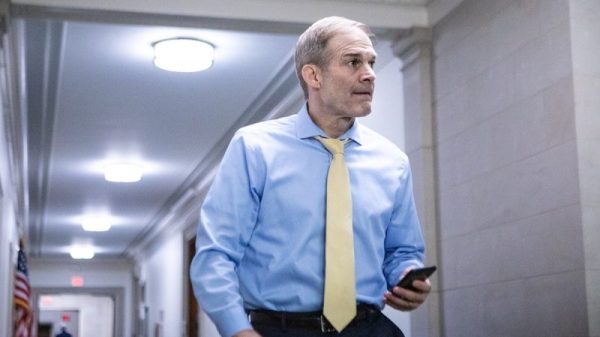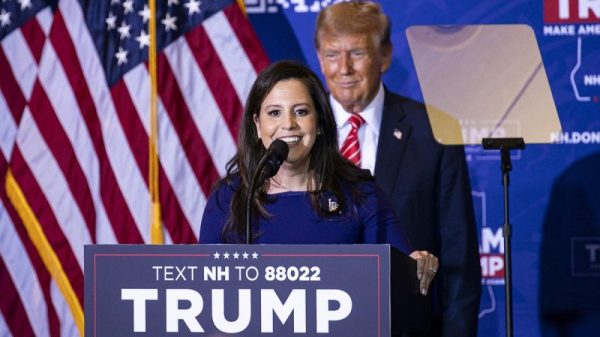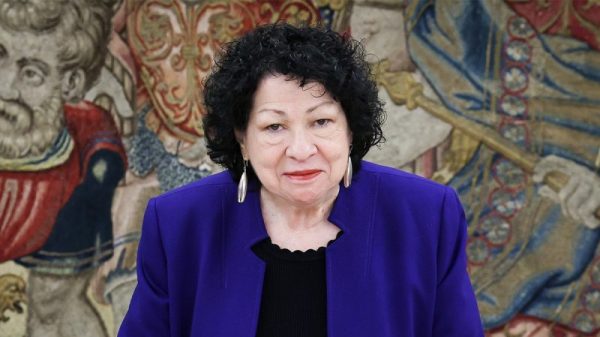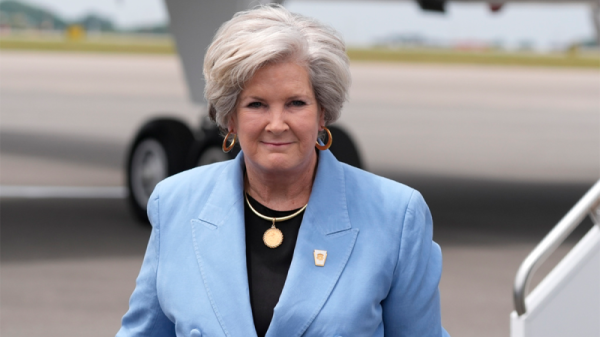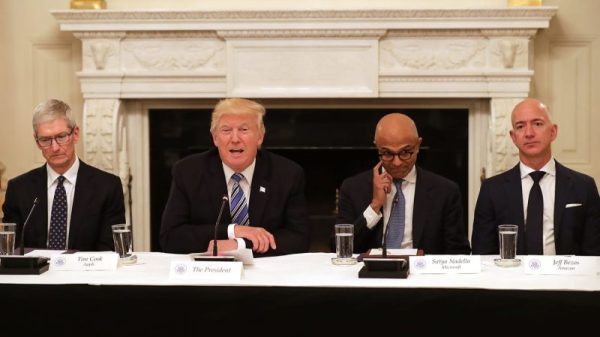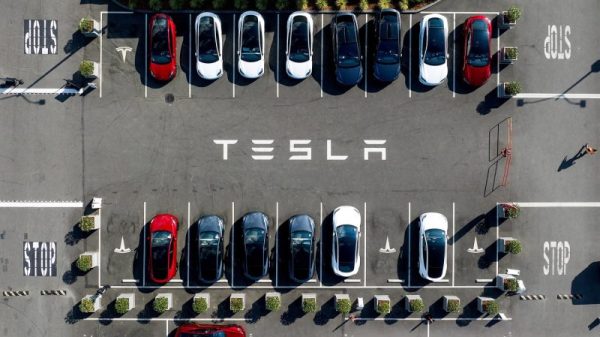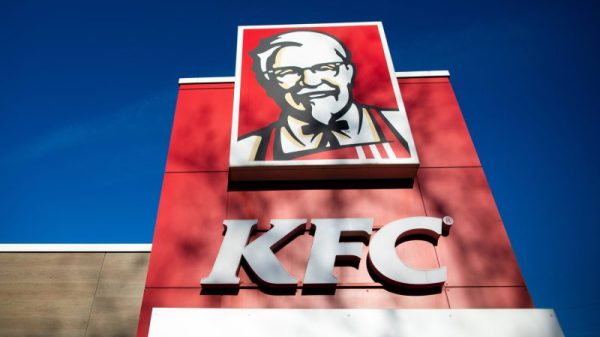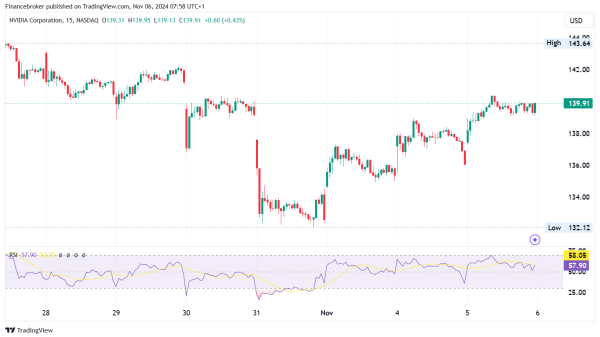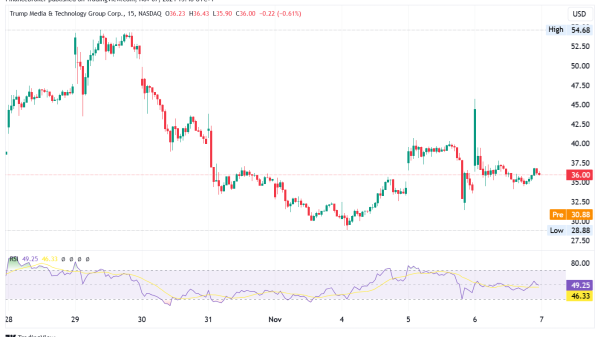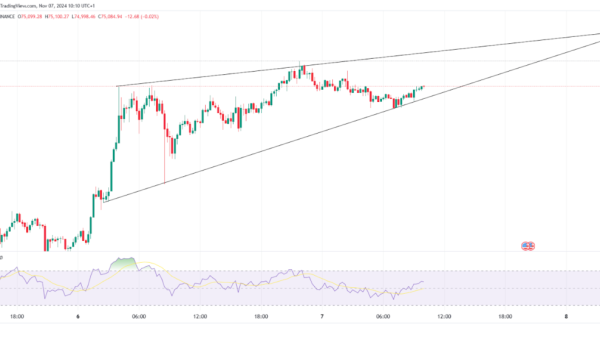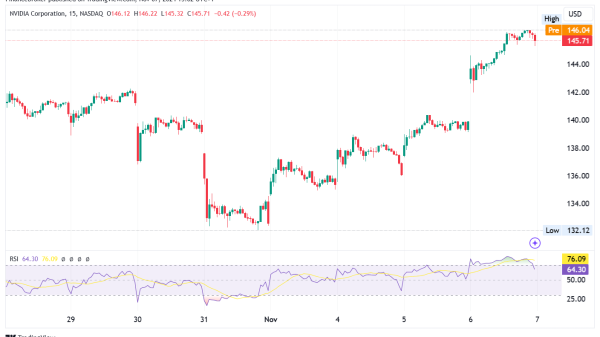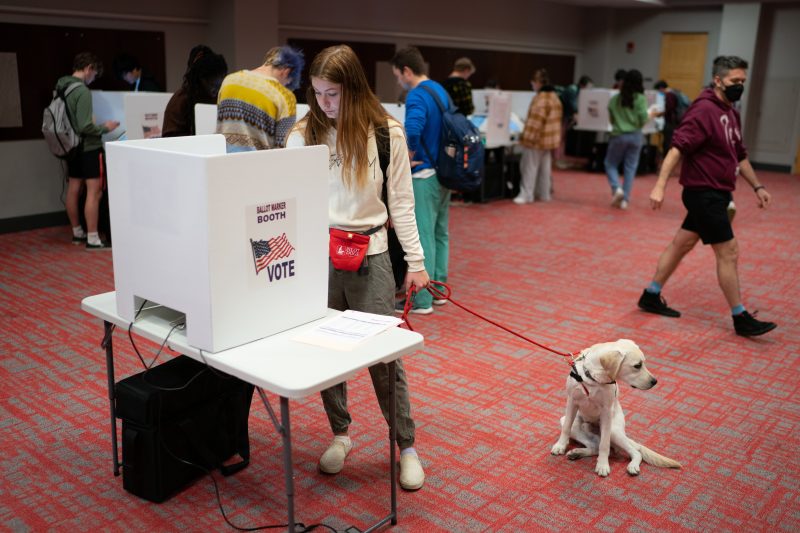It is a full year until the 2024 presidential election. Neither of the two major parties has finalized its candidate, though there isn’t much mystery about who those candidates are likely to be. Polls about how voters plan to cast their ballots in a year’s time are always a bit dubious, particularly when the participating candidates are still at least somewhat murky.
Those things are all true. It is also true that the high likelihood of a race between two well-known candidates, following two presidential elections settled by narrow margins in a handful of states, suggests that polling at this moment may prove to be more accurate than in years past. Lots of things can happen over 12 months that substantially upend things, yes, but there’s no reason to immediately dismiss polling pitting President Biden against former president Donald Trump as useless or erroneous.
Particularly when that polling speaks to one of the most significant questions in American politics: What do the voting preferences of young voters tell us about how politics are shifting?
On Sunday, the New York Times released a set of polls conducted in six states that flipped or were consistently close in 2016 or 2020: Arizona, Georgia, Michigan, Nevada, Pennsylvania and Wisconsin. The top-line findings were generally unremarkable; in each contest save Nevada, the race between Trump and Biden is close, with Trump leading in four of the five. In Nevada, which Trump lost twice, the former president has a lead that extends into the double-digits.
A central reason for that is that Hispanic voters in Nevada (which the poll, conducted by Siena College, puts at 25 percent of the likely electorate) are evenly split between the two candidates. Biden’s lead among the youngest voters, those aged 18 to 29, is only three points — in part because half of those voters are non-White.
Among all registered voters in all of the battleground states who are under the age of 30, Trump and Biden are essentially tied. When considering just those voters likely to vote, Biden has a six-point lead, but that’s far worse than the 26-point margin he had with that same group nationally in 2020, according to Pew Research Center’s validated analysis of the past four elections. The oldest voters, those 65 and over, are about where they were in 2020, according to the Times poll, but the youngest shifted hard to the right in the poll, relative to the national 2020 margin.
You can also see that, while White voters in the battleground states haven’t shifted much in the Times poll, Hispanic and especially Black respondents have. This has been a consistent pattern in Times-Siena polling, one that hasn’t been universally matched. But since there is a correlation between age and race — with younger Americans more likely to be non-White and, in particular, Hispanic — these two shifts would naturally be expected to at least somewhat move in parallel.
We’re comparing apples to oranges here to some extent, pitting the battleground voters against the national Pew analysis. But if we compare 2020 exit polling in each state for these age groups to the Times poll, we see a similar shift: big movement to the right among the youngest voters and smaller shifts among older ones.
There’s a unique aspect to age-based demographic groupings: the same voters appear in different groups at different times, far more than other demographic identifiers. A 2016 25-year-old is now a 32-year-old and has moved to the next demographic grouping.
That said, it has been consistently the case since at least 2008 that there’s a wide divide in the presidential preference of the oldest and youngest voters. In 2016, the gap was 39 points, according to Pew; in 2020, it was 30 points. In these battleground states, the Times poll has the gap at seven points. In some places, it’s nonexistent.
(The under-30 sample size in Wisconsin was too small for us to have much confidence in the margin.)
There’s one outside bit of information that might bolster the idea that young people are unenthusiastic about Biden relative to past candidates. Young people are disproportionately likely to be independents. In September, we used voter-registration data to divvy partisans and independents by age. Republicans skew old; independents young.
Biden’s sharpest initial declines in his approval rating came from independents and young people, groups that overlap. If you think of this group as Biden skeptical but left-leaning, the numbers make sense: they’re willing to back Democrats in 2022 but unenthusiastic about committing to Biden in 2024.
It’s worth noting that the overlap of race and age varies in the Times poll. In Arizona, for example, where young voters preferred Trump by double-digits, the density of Whites in the under-30 population was higher than in the rest of the voter pool (77 percent to about 60 percent). In Pennsylvania, where the gap between younger and older was closest to 2020, the younger population was less densely White (72 percent to about 80 percent). In Nevada, where Trump fared the best, the density of Whites was about the same in each group and the gap between the age groups was in the single digits.
It’s a confusing picture. It suggests that Biden has a significant individual problem with younger voters, that younger voters are trending away from Democrats, or that this poll in particular is overestimating young voter support for Trump.
It is also revealing. After all, even with these dire numbers among the youngest voters, the small percentage of the likely electorate that is under 30 means that Trump isn’t running away with these states. The races are still generally close, even with this vanishing gap between old and young.
So now we offer a tepid shrug: We’ll just have to see how this tracks over the next year.

